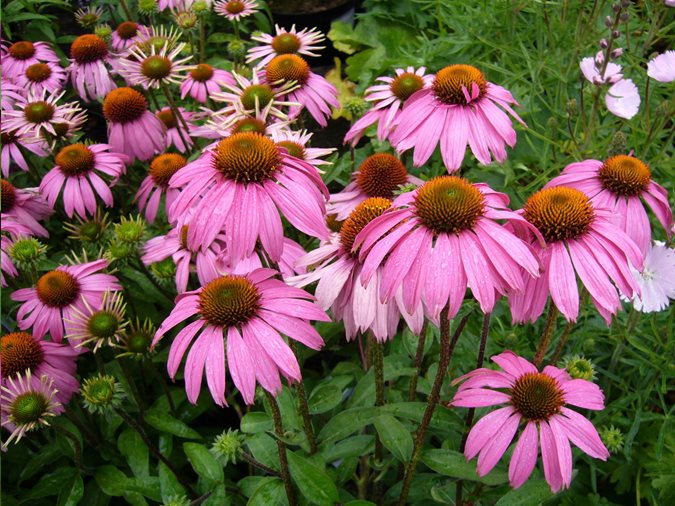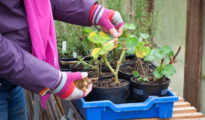Echinacea, commonly known as the purple coneflower, is a versatile and visually striking herbaceous plant celebrated for its medicinal properties. With its immune-boosting capabilities, ability to alleviate cold and flu symptoms, and overall wellness benefits, cultivating echinacea in your garden can be a rewarding experience. This comprehensive guide will equip you with the knowledge and skills needed to successfully growing echinacea, enabling you to harness the remarkable power of this plant.

Understanding Echinacea
Echinacea, a native North American perennial plant, belongs to the Asteraceae family. It features daisy-like flowers with raised centers, available in vivid shades of purple, pink, or white. The roots, leaves, and flowers of echinacea are utilized in herbal medicine to bolster the immune system and address various ailments.
Choosing the Right Variety
Several echinacea varieties exist, each with distinct characteristics and growing requirements. Here are some popular choices:
- Echinacea purpurea: This widely cultivated variety boasts vibrant purple flowers and is particularly well-suited for medicinal purposes. It is relatively easy to grow.
- Echinacea angustifolia: Native to the Great Plains region of North America, this variety features narrow leaves and pale purple to pink flowers. It holds significant value in herbal remedies.
- Echinacea pallida: With its slender form and pale pink flowers, this variety complements prairie-style gardens. It is also utilized in herbal preparations.
Consider your climate, garden conditions, and personal preferences when selecting a suitable variety.
Planting Echinacea
- Timing: Echinacea can be grown from seeds or purchased as young plants. If starting from seeds, begin indoors 8 to 10 weeks before the final frost date. Alternatively, sow seeds directly in the garden after the risk of frost has passed. Young plants can be planted in spring or early fall.
- Location: Opt for a sunny location as echinacea thrives in full sunlight. The soil should be well-draining and moderately fertile. Echinacea can tolerate various soil types, but it prefers slightly alkaline conditions.
- Soil Preparation: Prepare the soil by loosening it and eliminating any weeds or grass. Enhance soil fertility and drainage by incorporating organic matter like compost or well-rotted manure.
- Planting Seeds: If using seeds, sow them approximately ¼ inch deep in well-moistened soil. Leave 12 to 18 inches of space between seeds for proper growth.
- Transplanting Young Plants: For young plants, dig a hole slightly larger than the root ball and position the plant at the same depth as it was in the pot. Leave 18 to 24 inches of space between plants.
- Watering: Ensure the soil remains consistently moist but not waterlogged until the plants establish themselves. Once established, echinacea is relatively drought-tolerant and requires minimal watering.
Care and Maintenance
- Watering: Once established, echinacea prefers slightly dry conditions. Water deeply but infrequently, allowing the soil to dry out between waterings. Overwatering can lead to root rot.
- Mulching: Apply a layer of organic mulch around the base of the plants to conserve moisture, suppress weeds, and regulate soil temperature. Avoid placing mulch directly against the plant stems.
- Fertilization: Echinacea generally does not require heavy fertilization. However, an application of balanced organic fertilizer in early spring can promote healthy growth.
- Deadheading: Regularly remove spent flowers by cutting them back to encourage new blooms and prolong the
- Division: Every few years, divide mature echinacea plants to maintain their vigor. Dig up the clumps and separate them into smaller sections, then replant them in prepared soil.
- Pest and Disease Control: Echinacea is relatively resistant to pests and diseases. However, occasional issues like aphids or powdery mildew can arise. Monitor your plants closely and address any issues promptly using organic pest control methods or appropriate treatments.
Growing echinacea in your garden offers the opportunity to experience the impressive benefits of this plant firsthand. By understanding its unique characteristics, choosing the right variety, and providing proper care, you can cultivate thriving echinacea plants that contribute to your well-being and enhance the beauty of your garden. So, get ready to unleash the power of the purple coneflower and enjoy the rewards of growing echinacea.



















